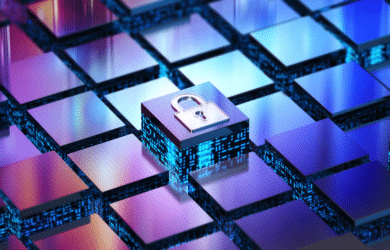Successfully mastering LIS migration
Why do so many laboratories cling to outdated laboratory information systems (LIS) that have been in use since the 1990s? The answer is simple: they believe they have no other choice. But the reality is different.
Sticking with old systems harbours risks. The few experts for these outdated systems are retiring, while maintenance and servicing are becoming increasingly resource-intensive.
LIS are often either self-developed or heavily customised and intervene monolithically with numerous extensions in almost all essential laboratory processes. All functionalities of the LIS are rarely documented and are usually only stored in the heads of a few experts. These experts are becoming fewer and fewer, as the development and maintenance of the LIS is not, or rather should not be, the core business of a laboratory. In addition, the techniques used have not been taught in training for decades and the complexity of the laboratory routine is difficult to grasp quickly – a new expert often needs years to be fully operational.
The laboratories’ concerns are understandable
- Can the migration take place without downtime?
- Is smooth operation guaranteed during the changeover?
- Does the new system fit in with the established laboratory processes?
- What are the costs for the changeover?
But there is a way, as we have already successfully proven with 12 laboratories. Our solutions make migration easy, ensure uninterrupted operation, fit in perfectly with existing laboratory processes and are cost-efficient.
An example: A medical laboratory in Germany was faced with the challenge of replacing a historically grown, independently developed LIS in order to be able to handle an order volume of 30,000 laboratory orders per day in the future.
Our approach included the definition of requirements, the selection and introduction of customised LIS software and the step-by-step migration of the individual departments. The result: a successful migration of the core system during 24/7 production, continuous operability during the migration phase and a future-proof LIS that integrates seamlessly into the laboratory processes.
The laboratory can now focus on its core competences, while clear cost structures and comprehensive support facilitate the transition.
Say goodbye to outdated systems and open the door to new opportunities and growth.
We would be happy to provide you with comprehensive advice on how to make your LIS migration a success.




